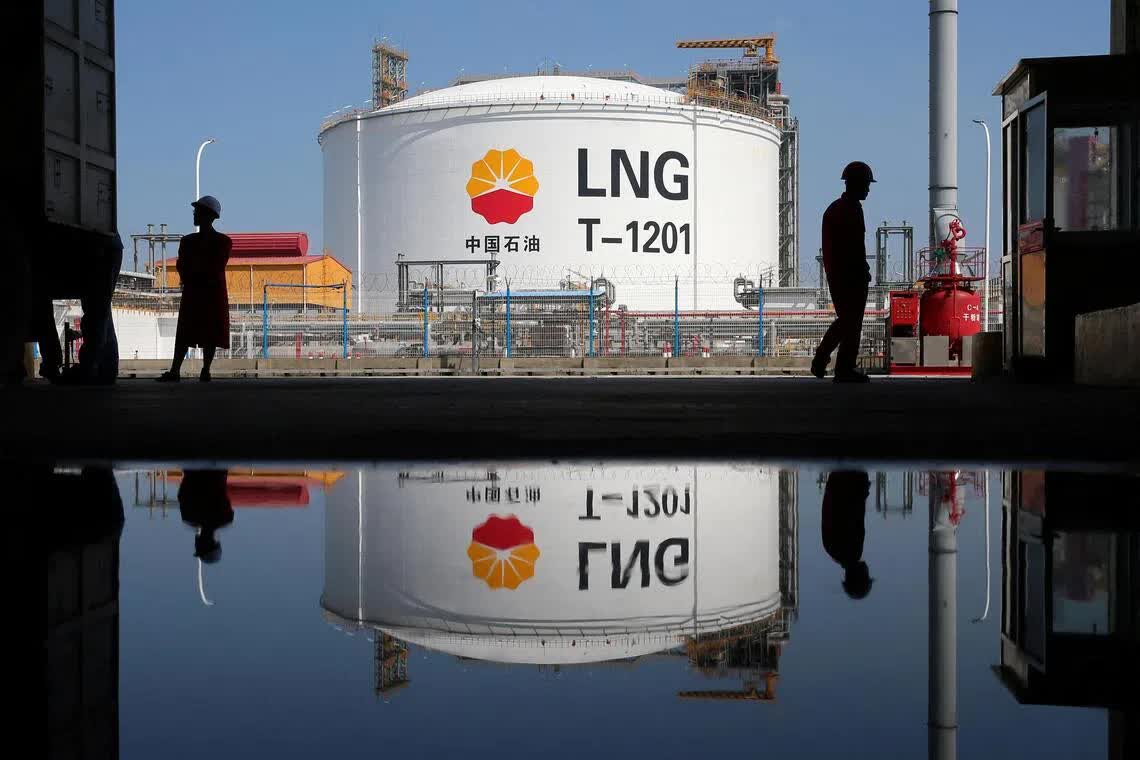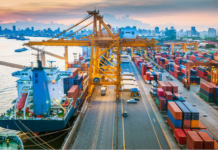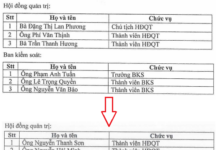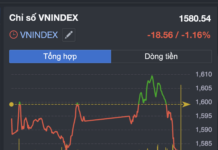
China National Offshore Oil Corporation (CNOOC) recently announced that its oil and gas pipeline network has reached 10,000 km, with plans to expand to 13,000 km following new offshore discoveries.
This move underscores Beijing’s long-term strategy to bolster domestic energy supplies, reducing reliance on volatile global markets amid escalating geopolitical tensions.
According to Oilprice, since 2019, China’s state-owned energy giants—PetroChina, Sinopec, and CNOOC—have invested approximately $468 billion in exploration and production (E&P), a 25% increase from the previous period. This surge positions PetroChina as the world’s largest E&P investor, highlighting China’s ambition to achieve energy self-sufficiency as the world’s second-largest economy.
This development coincides with Chinese state oil firms temporarily halting Russian oil purchases, at least in the short term, following tightened U.S. sanctions on Moscow’s energy revenues. Several crude oil shipments bound for China have been rerouted or canceled, further incentivizing Beijing to accelerate domestic production.
In October, China imported an average of 11.4 million barrels of oil per day, slightly down from September but higher than the previous year. Despite slowing domestic consumption, the high import volume primarily aims to bolster strategic reserves. China’s crude oil stockpiles are estimated at 1.2–1.3 billion barrels, with nearly 1 million barrels added daily. The country is also constructing additional storage facilities with a total capacity of 169 million barrels between 2024 and 2026.

Alongside imports, Beijing is intensifying domestic oil and gas extraction to mitigate supply disruption risks. Huang Yingchao, Vice President of Natural Gas at PetroChina International, likened domestic and imported gas to tap water: “cheaper, more reliable, and easier to control than imported LNG.”
However, analysts warn that China’s energy self-sufficiency strategy may not bode well for international oil majors (Big Oil). Over the past decade, China accounted for 60% of global oil demand growth, but this growth has slowed, with much of it now met domestically. This trend suppresses international oil prices and erodes profits for major producers.
In the natural gas sector, China is also expanding its self-supply capabilities. In August, Beijing and Moscow finalized the Power of Siberia 2 pipeline agreement, capable of delivering over 100 billion cubic meters of gas annually. Once operational, this project will provide China with a stable supply, reducing dependence on imported LNG.
Beyond oil and gas, China is heavily investing in renewable energy and electric vehicles (EVs), significantly curbing fossil fuel demand. The nation leads globally in wind and solar power capacity and dominates EV production and consumption.
Michal Meidan, Director of the China Energy Programme at the Oxford Institute for Energy Studies, noted, “Exceeding production targets has surprised even China’s oil giants. This gives Beijing a sense of control amid slowing demand.”
Source: Oilprice
“Mountain Tycoon” Accumulates Thousands of Billions in Losses Yet Invests Over 430 Billion VND to Establish Wind and Solar Power Companies
Despite cumulative losses exceeding VND 2.411 trillion and a heavy debt burden, Duc Long Gia Lai remains committed to investing in renewable energy, establishing four new companies in the sector.







































